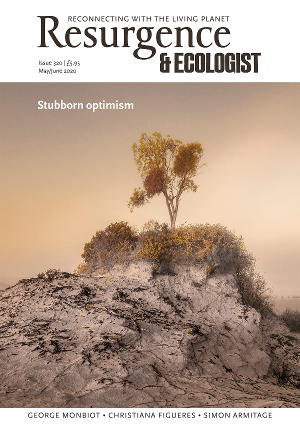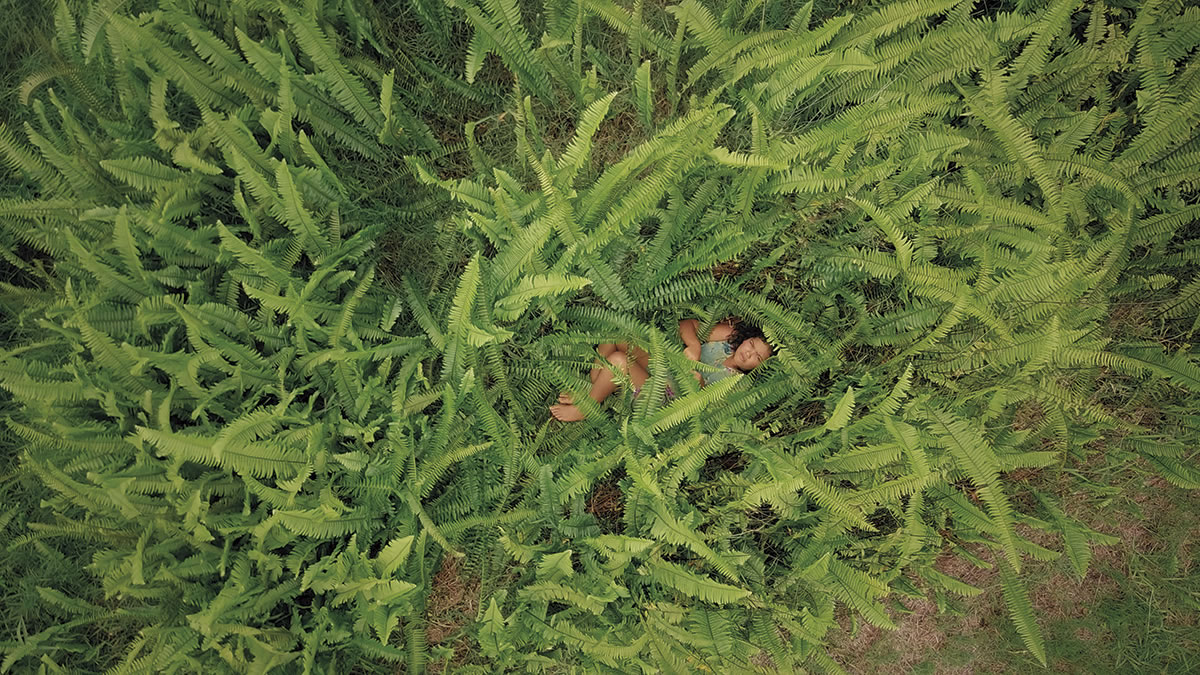Working for four years as director, camera operator and editor, Sarah Christman has collected a great variety of often striking footage from Hawaii. Swarm Season is not a Nature film in the conventional sense of the term, yet by experimenting with film form Christman offers challenging ways of thinking about Nature and the place of humans within it; in its press release, the film is described as an ‘ecosystem’. Christman’s approach seems to value uncertainty and ambiguity, with the audience’s viewpoint being constantly displaced.
Yet the film is not wholly without narrative or characters. It centres on the life of a young girl, Manu. With her beekeeping mother, she tends to hives. Her father is engaged in a protest against the construction of a NASA telescope on Mauna Kea, a mountain sacred in the Hawaiian tradition. Beyond this, we are offered further glimpses into local tourism, public health and history. Amidst all these human affairs, the volcanic processes that formed the archipelago bubble on.
The film’s symbolism turns on the association between humans and bees, revealed in a juxtaposition between a shot of the factory where the honey is harvested and one of the observatory interior where hexagonal mirrors are polished. There is an economic association between bees and humans, of course, but more than this the bees’ behaviour is treated analogically: as the bees swarm before forming new hives, so too are NASA scientists looking to the stars for fresh colonies.
The film criss-crosses between its subjects. Because of this, watching it can feel frustratingly elusive, raising more questions for the audience than it can answer. It is, however, the film’s strength that this challenging approach to multiple subject matters is turned into a structuring device. It doesn’t take sides in arguments or suggest there is a clear right and wrong. From the viewpoint of the ecosystem, every part is in context to another, so judgement can be suspended.
By avoiding straightforward narrative whilst never leaving Earth, Swarm Season shifts the focus away from the USA’s industrially advanced centre to its ethnic and political margins, whilst suggesting that outer space is within the scope of environmental concern, not beyond it. In so doing, the space project is not simply disparaged, nor presented as unique, but rather placed in the context of other human and non-human migrations. This causes the contradictions to fold in on each other.
When Manu’s father describes “the big battle” between Indigenous activists and “the big money, the big corporations,” a film-maker might be tempted to opt for a dramatic depiction of a conflict between people and profit, or science and religion. However, by using Manu as a pivotal character, this framework can be sidestepped. When the protest camp is evicted, we look over her shoulder as she watches a live stream on her phone. She and the audience share a certain distance, learning and observing together.
The problem the film hits upon – but cannot answer – is what to make of the apparent similarities between swarming and space exploration. Both are presented as processes that can secure genetic diversity in the face of environmental change, and yet the protest confirms that there are important voices of dissent against space exploration being something natural or necessary. Instead of a dramatic conclusion, there is only an enigmatic shot of Manu curled in the grass. For me, this image recalls the baby who appears at the end of Stanley Kubrick’s 1968 film 2001: A Space Odyssey. Manu lies there, beneath the sky; is she growing in the earth, or is she floating in space?
For more information: www.swarmseason.com







